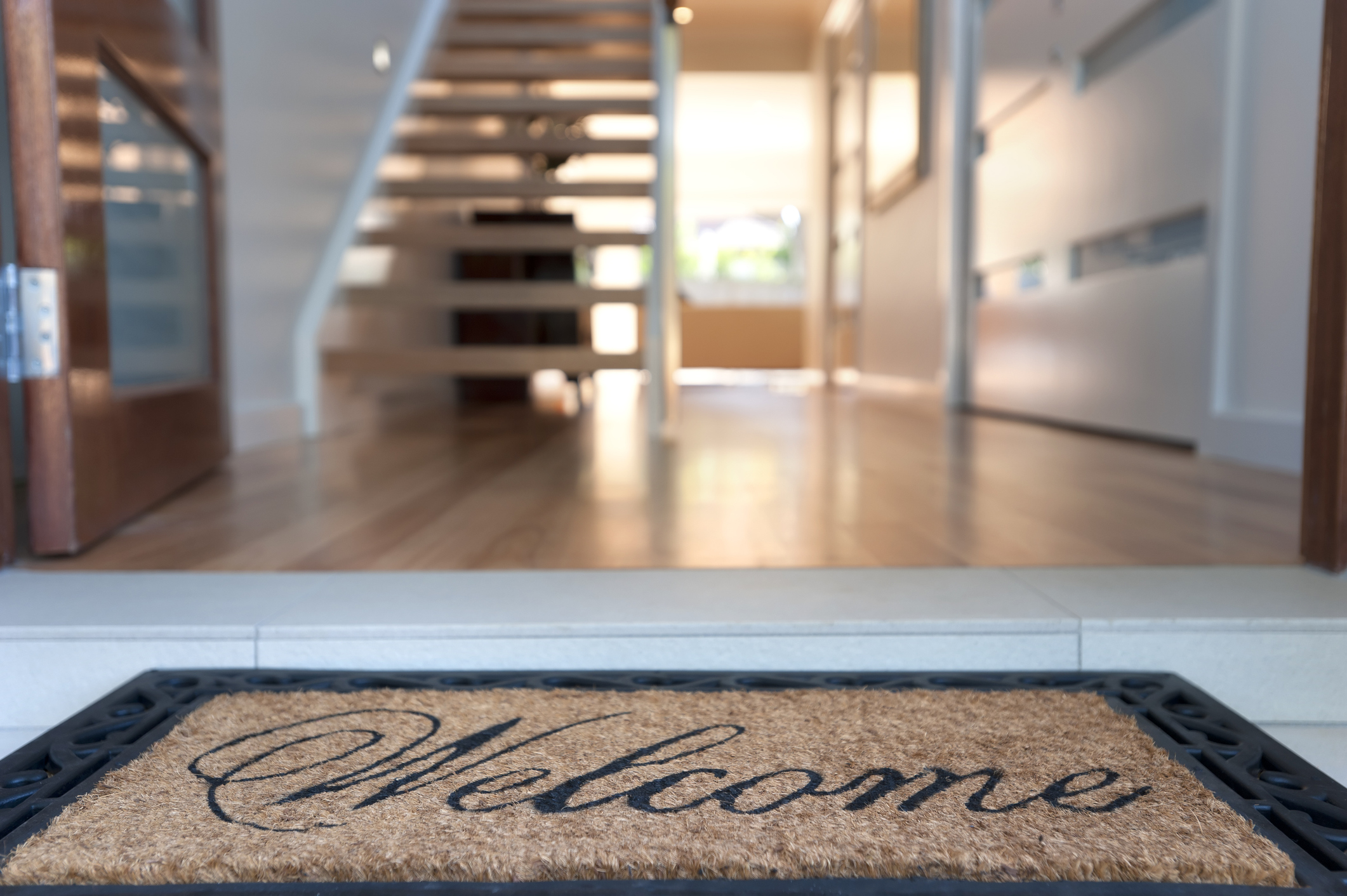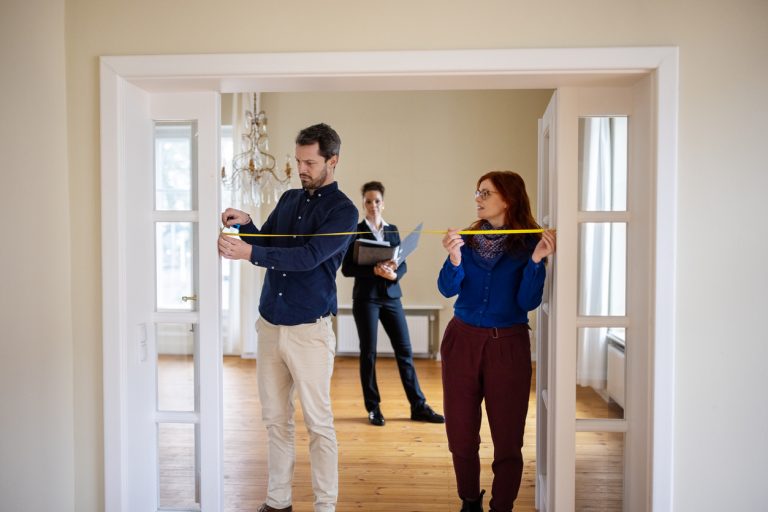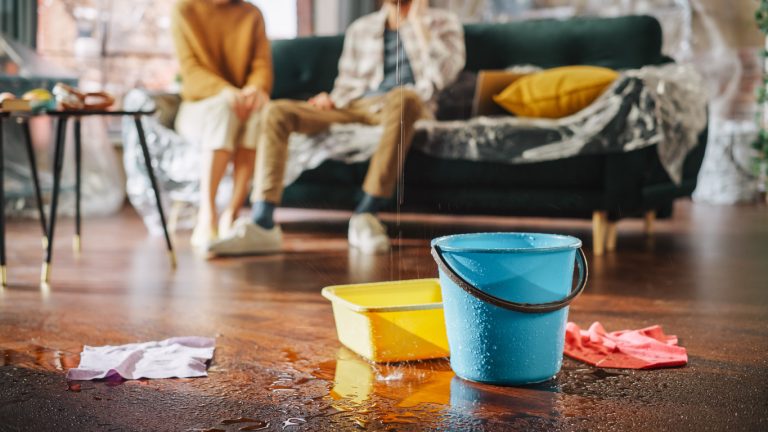
Property Considerations
Radon
What You Need to Know About Radon in Your Home
Radon is a radioactive gas that you can’t see, smell, or taste. It comes from the natural breakdown of uranium in soil and rock. Some areas, like Alberta and Saskatchewan, have more uranium in the ground—so homes there may have higher levels of radon.
Radon can seep into your home through the ground, especially into basements. Because our homes are sealed tightly to keep out the weather, radon can get trapped inside. Over time, breathing in radon can be harmful. In fact, after smoking, radon is the second leading cause of lung cancer.
New Home Protection
Since late 2015, the Alberta Building Code has required new homes to include features that make it easier to reduce radon levels if needed—like rough-in pipes in the basement for future mitigation systems.
Radon Testing: What You Should Know
Long-term testing is the best way to know if your home has high radon levels. These tests last at least 90 days and are most accurate during colder months (when windows and doors are closed) or in summer with the air conditioning running.
Short-term testing (a few days or weeks) is not reliable. Even though some companies offer them, Health Canada does not recommend them for measuring radon levels.
If You’re Buying a Home
Alberta licensees are trained to talk about radon and can help you understand what to look for during the buying process.
Real Property Reports
Real estate transactions almost always require a current Real Property Report (RPR).
An RPR is a legal document an Alberta Land Surveyor prepares. It’s basically a high-level drawing of the property, the boundaries, and the buildings and structures on it, so buyers know exactly what they’re buying.
An RPR contains:
- Legal description and municipal address of the property
- Date of land title search and date RPR was done
- Certificate of Title (land title) number and names of registered owner(s)
- Location and description of all buildings and structures (e.g. decks, fences) with dimensions, directions and distances from the property boundaries
- Location and dimensions of any visible encroachments (i.e. buildings or structures that are too close or even beyond the property line)
- Designation of adjacent properties, roads, lanes
- Evidence of municipal compliance (i.e. the RPR has been reviewed by your municipality and adheres to all municipal bylaws and regulations. They usually stamp and date compliance directly on the RPR)
- Illustrations of any easements that affect the property (an easement is an agreement between the property owner and some other party (usually your municipal authority or utility) for them to utilize part of your property as needed)
- Certified Land Surveyor’s duly signed certification and opinion on any concerns
- Copyright of the RPR to the land survey company

What Is Title Insurance?
Title Insurance protects you from certain problems that could affect your ownership or use of a property—like title fraud, hidden defects, or issues with permits or boundaries.
It won’t prevent issues, but it may cover costs if a problem arises after you buy.
What Can It Cover?
- Title fraud or forgery
- Building without permits
- Encroachments (e.g., a deck over a utility line)
- Issues missed in standard property searches
- Delays in registration during closing
Two Types of Title Insurance
Owner’s Policy – Protects you, the buyer.
Lender’s Policy – Protects the mortgage lender (not you).
Talk to your lawyer or real estate licensee to see if title insurance is right for you.
Residential Measurement Standard (RMS)
Understanding the Residential Measurement Standard (RMS)
In Alberta, real estate licensees must use the Residential Measurement Standard (RMS) to measure and report the size of residential properties. This ensures consistency and accuracy when comparing homes.
Why It Matters
RMS helps buyers, sellers, landlords, and tenants:
- Know exactly how much above-grade space a property has
- Compare properties more confidently
- Make informed decisions based on accurate size
Key Points
- Only above-grade living space is included in RMS area
- Basements and areas with low ceilings usually aren’t counted
- For detached homes: exterior measurements are used
- For condos: inside wall (paint-to-paint) measurements are used
- Spaces must be finished, weatherproof, and usable year-round
Your real estate licensee is required to explain RMS and how it affects your property decisions.

What Is a Property Stigma?
A property stigma is something that makes a property less appealing—but not because of its physical condition.
Common stigmas include:
- A past death or suicide on the property
- Reports of the property being haunted
- The site of a major crime
- An unusual or disliked address
Stigmas are subjective—what bothers one buyer may not matter to another.
What Buyers Should Know
- Sellers aren’t legally required to disclose stigmas
- If you have concerns (e.g. about deaths or crimes), tell your real estate licensee
- The seller can choose to answer your questions—or not—but they cannot lie
- You can always do your own research (online or by asking neighbours)
What Sellers Should Know
- You decide whether to disclose a stigma
- If you choose to answer questions, you must answer truthfully
- Not disclosing may raise concerns for some buyers
- Your real estate licensee can’t disclose stigma without your permission
Material Latent Defects
Material Latent Defects: What Buyers and Sellers Need to Know
Not all problems with a home are easy to see. Some serious issues may be hidden from view—and even a professional inspection might not catch them. These are called material latent defects.
A material latent defect is a physical issue with the property that:
- Makes it dangerous or unsafe to live in
- Makes it unfit for its intended purpose (if the seller knows that purpose)
- Would be very costly to repair
- Can’t be seen through a regular inspection
Examples
- Water leaking into the house during rainstorms
- Major cracks hidden behind finished walls
- Renovations or additions done without proper permits
- Properties used as drug labs or grow-ops that haven’t been remediated
For Sellers
If you know about a material latent defect, you must tell your real estate licensee.
You cannot hide or misrepresent the property’s condition.
For Buyers
Ask questions about anything you’re unsure of.
Your real estate licensee is also required to tell you about any material latent defects they’re aware of.

Attached vs. Unattached Goods
Attached vs. Unattached Goods: What You Need to Know
Attached Goods
These items are fixed to the property and stay with it unless stated otherwise in the contract. Examples include:
- Garburator
- Kitchen cabinets
- Built-in appliances
Unattached Goods
These are movable items that are typically not included in the sale unless specified. Examples include:
- Wall art
- Rugs
- Remotes for garage door opener
Inclusions & Exclusions
If you want to include unattached goods, list them in the offer to purchase. Sellers should also specify if they intend to remove any items.
Walk-Through
Buyers can request a walk-through before possession to confirm agreed-upon items are included.
Legal Action
If there’s an issue after possession and the seller won’t cooperate, legal action may be necessary.
Your real estate licensee can help clarify what’s included in the contract to avoid confusion.